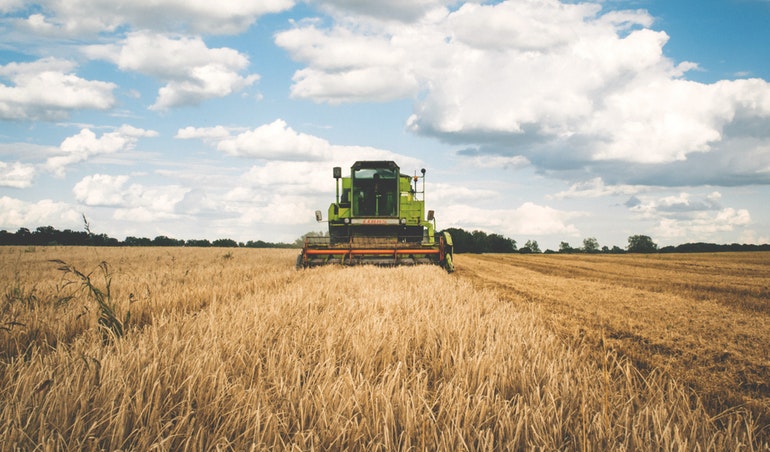You’ve spent a substantial sum of money on your equipment, and you can’t have it breaking down. Repairs are costly, and on top of that, they take your time and attention away from more pressing responsibilities around your property. That’s why you need some proactive preventive maintenance tips.
When you implement measures for preventive maintenance, you’ll ensure your machinery works without complaint. Whether you need your skid steer to transport snow, or you need your tractor to collect your harvest, you can rest easy knowing they’ll complete the task without causing you trouble.
With this in mind — what should you do to keep your equipment in good condition? How can you preempt problems and identify issues before they escalate? Here are five preventive maintenance tips for expensive equipment, simple methods to make the most of the machinery at your disposal.
1. Speak With the Dealer
As soon as you purchase a piece of equipment, you should start your preventive maintenance routine. Ask the dealer about the type of oil they recommend, as well as other relevant details. It’s a necessary measure, as some companies will declare your warranty void if you don’t use their brand of oil.
It’s also advisable to question the dealer about the location of fittings to learn more about the machine. Otherwise, you can consult your operator’s manual, which will provide essential information about managing your equipment — like greasing intervals and the suggested schedule for maintenance.

2. Check Your Tire Pressure
Before you climb on your tractor and begin work, it’s best to check the condition of your tires. The load and inflation tables from your tire manufacturer and a digital gauge will tell you what you need to know about your tire pressure. A cursory inspection of their sidewalls is also a good idea.
Concerning your tire pressure, you want to reach the right balance, not under- or overinflated. It’ll extend their life and improve your fuel economy. The next time you’re getting ready for field work, set aside a few minutes to examine the tires on your vehicle and make an adjustment if you need to.
3. Arrange for SOS Fluid Analysis
Scheduled oil sampling, or SOS, can keep your machines operating at peak performance. It effectively identifies any abnormal contaminants by determining the amount of wear elements in your oil from a particular compartment. In doing so, you can identify any smaller issues before they escalate into larger problems.
When you consult with technicians and prepare a plan for SOS fluid analysis, you’ll optimize your equipment, reduce risks, lower your operating costs and increase resale values. It’s a comparatively easy way to protect your valuable machinery, critical to preventive maintenance.
4. Cover Areas of Chipped Paint
The areas on your equipment where the paint has chipped away don’t appear serious at first glance. These defects seem more aesthetic than anything else, exposing the bare metal of your machinery without compromising its functionality. Even so, chipped paint can cause other complications.
Paint serves the secondary purpose of protecting your equipment against moisture. When the paint gets damaged, exposing the bare metal, your machinery is at far higher risk of rust and corrosion. Fortunately, you can address this type of problem with touch-up paint, which is relatively inexpensive.
5. Organize a Planning Calendar
Among other methods of preventive maintenance, an organized calendar is one of the most effective. Even if you tell yourself you’re going to check the tire pressure on your tractors or replace a filter, it’s all too easy to forget these basic obligations when you have other duties which take priority.
To improve your maintenance procedures, start with a large planning calendar. Cover your calendar with a pane of plexiglass and use a grease pencil to record data, making notes for service operations and maintenance responsibilities for each piece of equipment. At the end of the year, you can erase your writing.
Preventive Maintenance Tips
You’ve spent a substantial sum of money on your equipment, and you’ll keep it in good condition if you follow the five suggestions above. As long as you listen to the dealer’s recommendations, check your tire pressure, arrange for SOS fluid analysis and employ similar measures, your machinery will remain safe.
As you move forward, review your maintenance routine and make changes as necessary.










